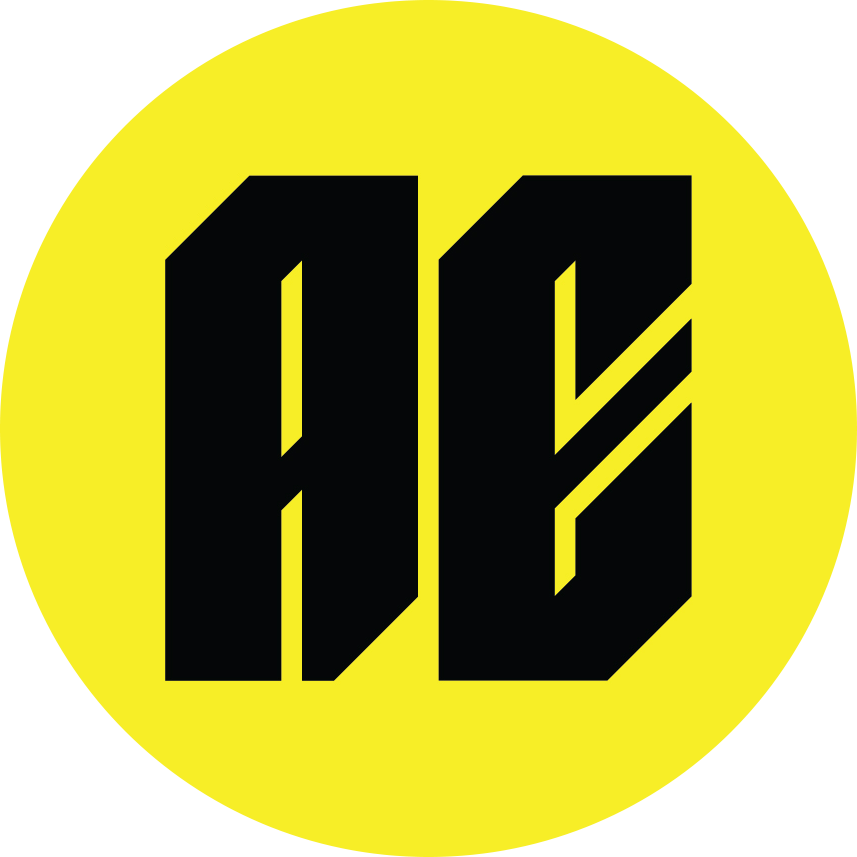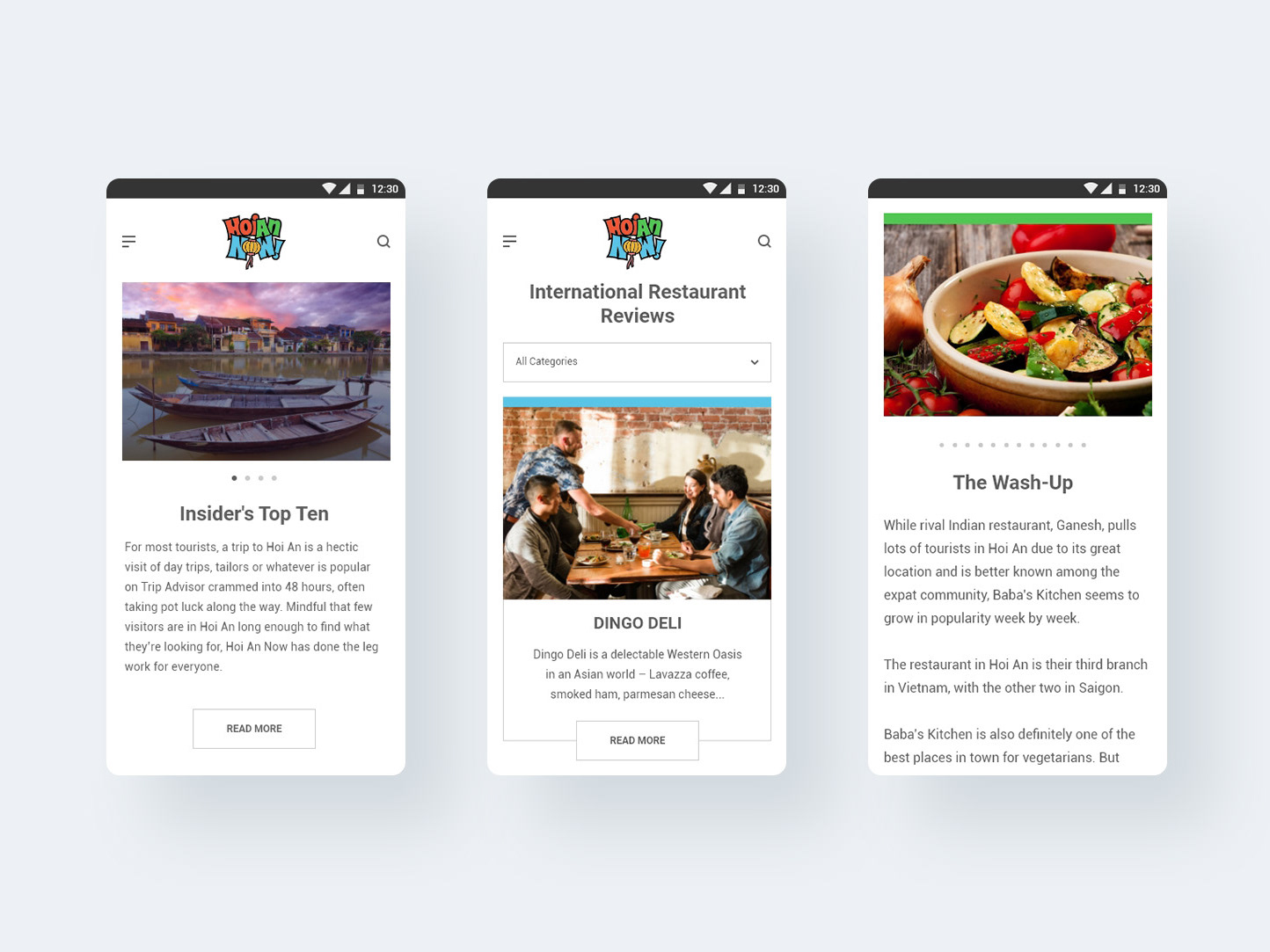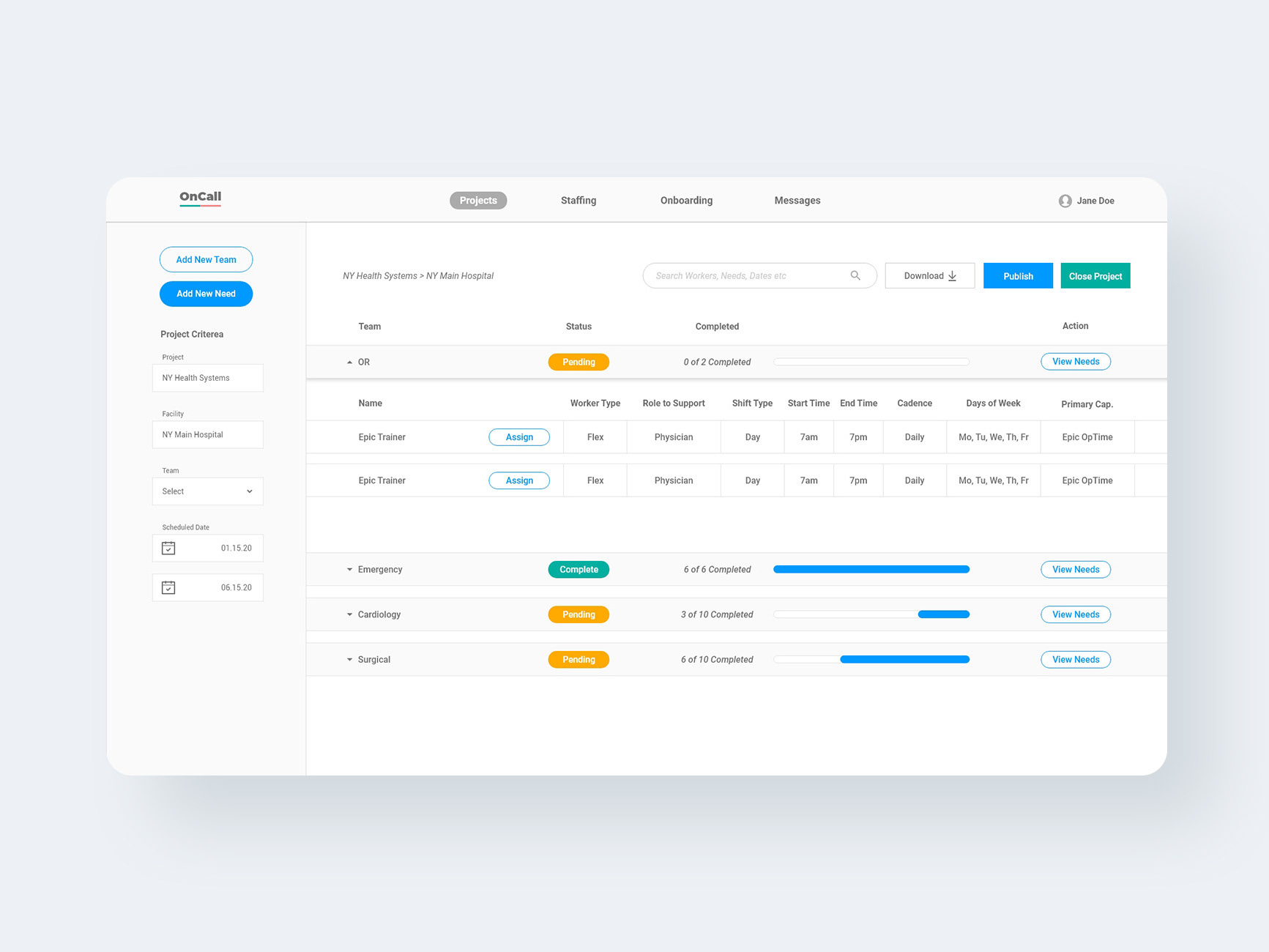Project Description
HomeBody was a design contest from the good people at Bitesize UX. Below is the challenge statement:
HomeBody is a fitness app with videos and resources for home workouts and training programs. They've seen a surge of new users who are trading in their gym memberships for working out at home and want to help these users find great exercise programs. HomeBody wants you to create an onboarding process that helps the first time users find great home workout programs. They've brought you on to run a design sprint to quickly create a possible solution.
Timeline
Project was completed in a 48 hour timeline.
Research Findings
Process
The first step I took was to start a mini affinity diagram. I laid out all the research insights and started to connect the dots with themes. A clear pattern started to emerge. Users were interested in 4 key areas: (1) the gym to home transition (2) the lack of space (3) the equipment they may or may not have (4) motivation and consistency.
Maybe Like a Conversation?
If the app was able to ask questions, in a way that seemed natural and conversational, users would feel more at ease. Similar to how a trainer might ask about their past experiences and goals. I wanted to have the user feel as though they were having an online chat, like in a messaging app, through left to right competition of tasks.
Home Screen
When the user downloads the app, I want them to immediately know that HomeBody is there to help in their transition from gym to home. I want them to know that HomeBody is great for people with limited space or equipment.
Step 1 - Previous Experience
Once they get started, the onboarding experience begins. Since most of the research participants have prior gym experience (and are finding it difficult to translate that to a home workout), the first step is to gauge what they’ve done in the past.
This screen also clues users into how many steps in total are needed - clearly displayed on the top status bar.
Value Screen
A quick screen again to drive home the point that this app is geared towards making the gym to home transition easier. Over and over in the research, we heard from users that they have the gym experience, but are often lost or unmotivated to be consistent at home. I want to remind them that this app is for them.
Step 2 & 3- Location & Equipment
Steps 2 and 3 now focus on the location of the workouts and the equipment users currently have. HomeBody has many workouts, but some may require tons of space. Step 2 lets users know that HomeBody is thinking of them, even if their room is under 10’ x 10’.
Similar to prior experience, the app will inquire whether or not the user has equipment on hand. It even asks about non-gym items such as chairs, tables or ottomans.
Step 4a - Consistency
Step 4 finishes the onboarding process by asking about consistency and cadence of workouts. By asking the users how long they would like to stay consistent, HomeBody shows that a range of workouts goals are available. I want to stress that the workouts don't have to be intimidating. Most workouts I’ve tried online are for 6 to 8 weeks (with good reason) but I wanted to give users the option of wading into a shorter term workout if they so chose.
Step 4b - Motivation
Last in the process is how often during the week the user would like to work out. I took many cues from the DuoLingo onboarding process. Although I’m not a fan of the gamification of user behavior, I think it works in this use case. Here users can pick their workout cadence and get their first glimpse into “points”. This is an idea that's not fully fleshed out and I would need to test with users to get the interaction, wording and timing correct.
App Workouts Screen
Now the user has completed the onboarding process and receives their first recommended workout routine. By using information gathered from the previous steps, we can better serve the user. In this example, the user might have selected dumbbells as equipment, small room as location and free weights & bootcamps as previous gym experience.
Profile Creation Prompt
Only when the user clicks the recommended workout will they be prompted to create a profile. Again, this was modeled after DuoLingo’s onboarding process. I want the user to feel as though the app will be successful for them in the near term future before they have to make a decision about whether to officially sign up.
Testing, Testing and More Testing
Conducting more user interviews would be a great place to continue. We know that the gym to home transition is difficult for them, so I would like more information on what users like about the gym, and what they're missing in the home. I would also like to know if users would feel comfortable sharing previous gym experience information with the app. Users are very aware of privacy concerns, so I would want to strike a balance between information gathering and collecting unnecessary data.
I would also run a sizable test of the current version of the prototype with new and previous users to gauge their experiences. If it could be developed at a beta level, I would be interested in how the user's answers would dictate recommended routines.



